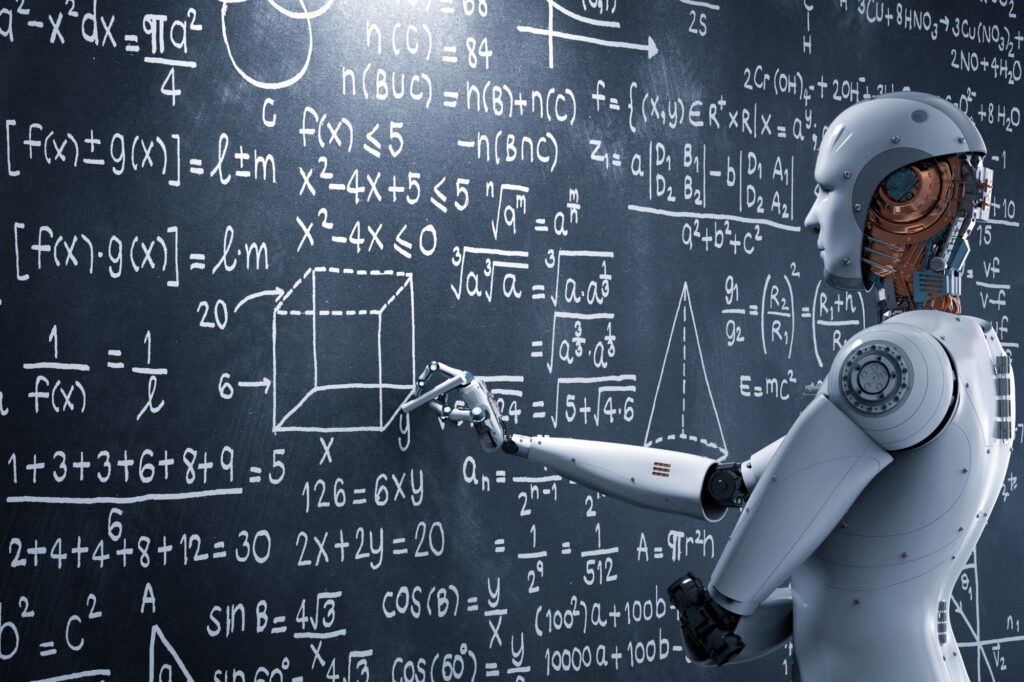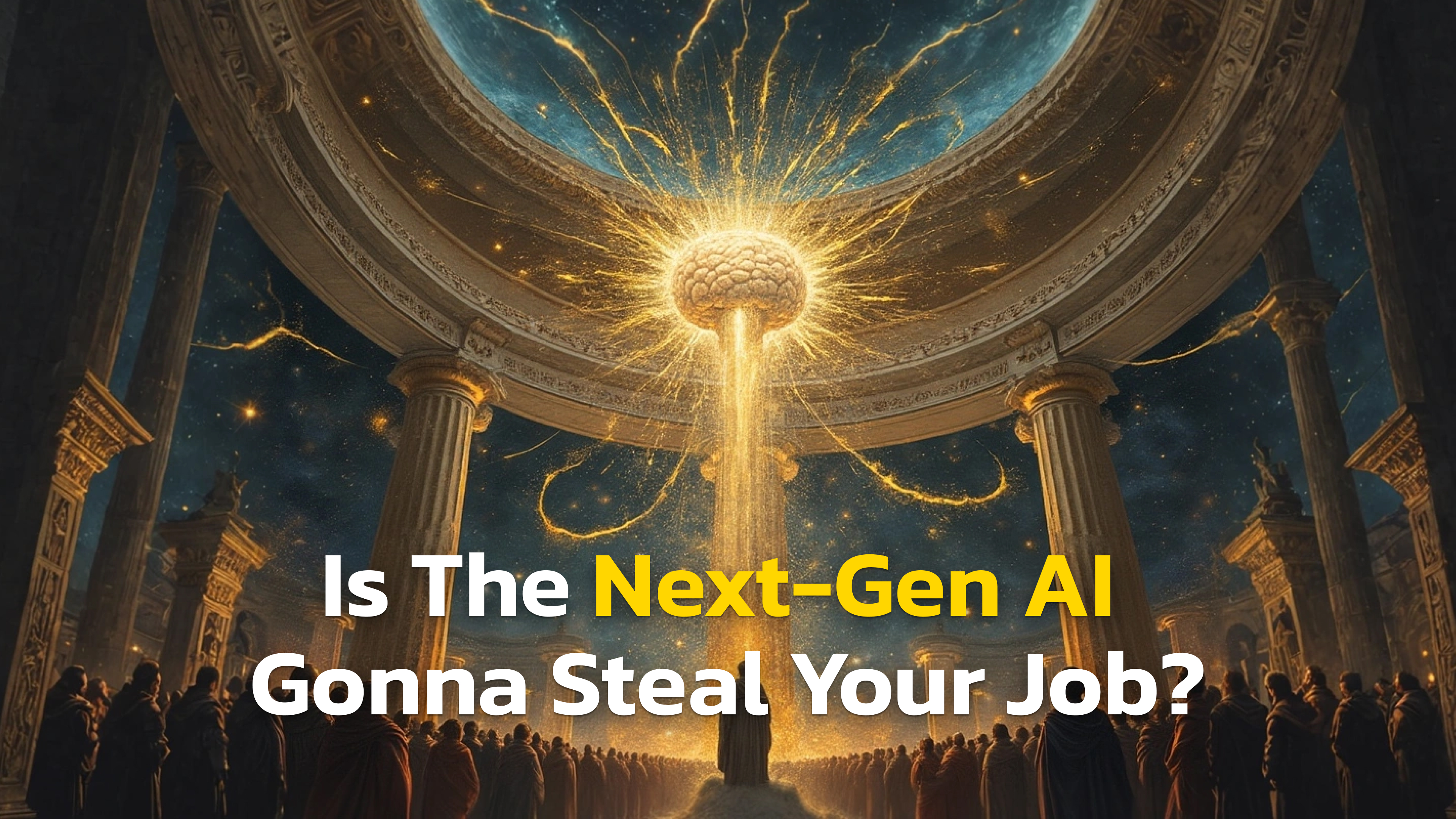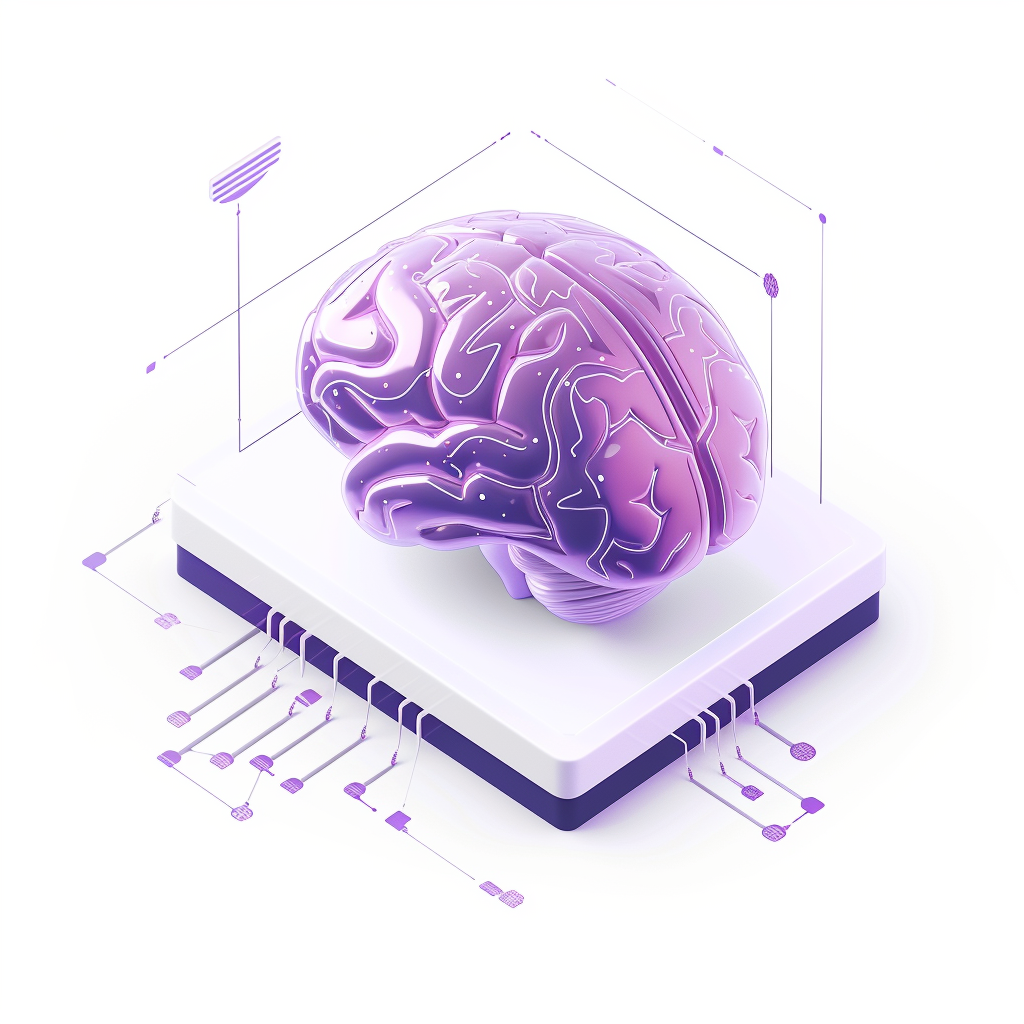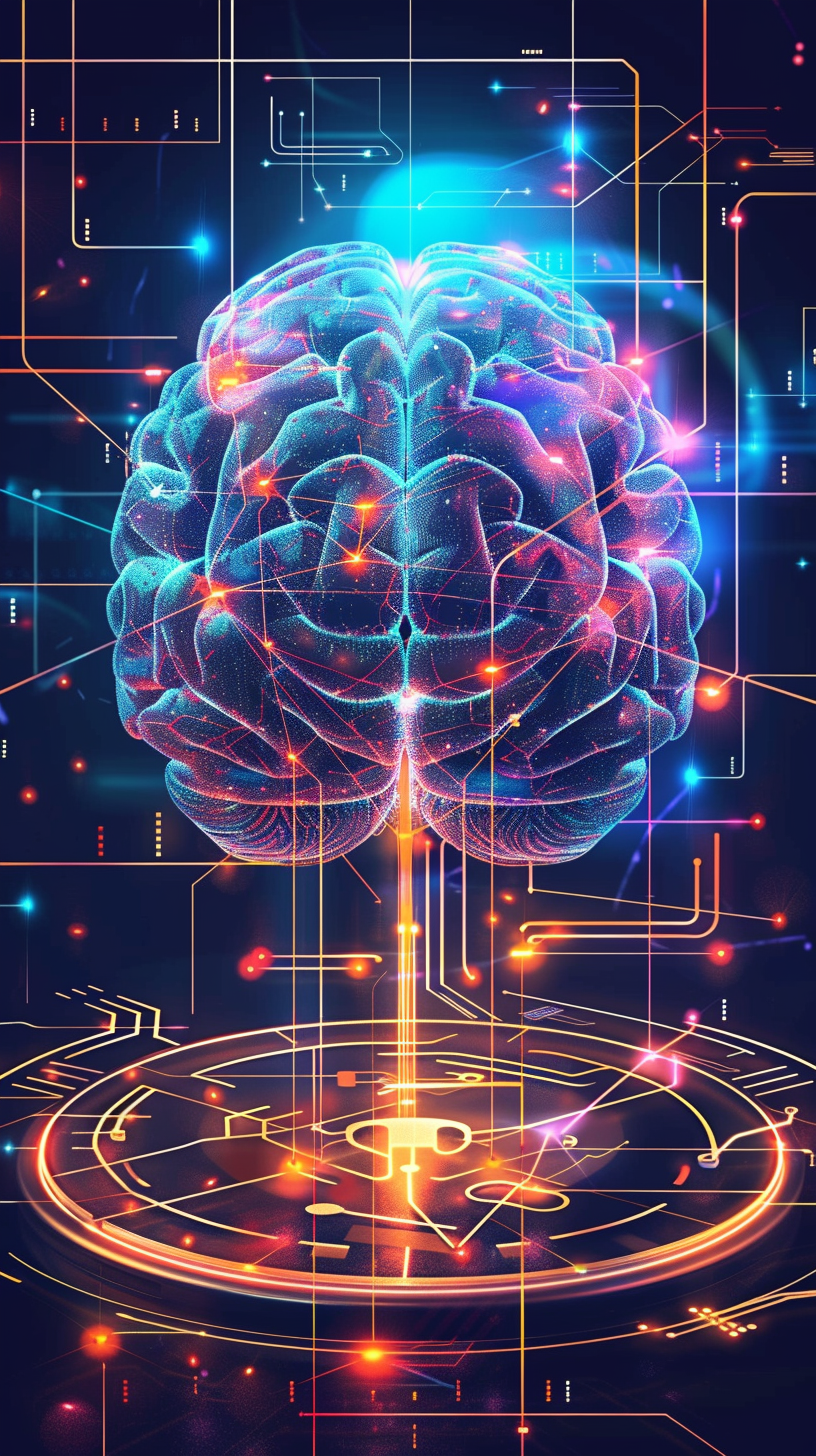At the 2024 Marketing AI Conference (MAICON), Paul Roetzer and his team posed some thought-provoking questions about the future of AI in marketing. One question that stands out is: How will the next generation of AI models affect you, your team, and your company?
Let’s dive into this by first understanding what we mean by “next-generation” AI models, such as OpenAI o1, which is already demonstrating the advanced capabilities and potential impact of this new era in AI.
What Is The Next Generation AI Model?
To understand how the next generation of AI models will impact things, we first need to know what makes them different. Right now, most AI models fit into two main types:
- Transformers: These are the models that predict the next word based on everything that came before it. Think of models like GPT-4—they’re built on this idea.
- Diffusers: These models create images by starting with random noise and refining it step by step until it matches what you asked for.
With the release of newer models like OpenAI o1, there’s been a lot of talk about AI that can actually reason—basically thinking things through, like humans. This is a step towards AGI (artificial general intelligence), where AI could eventually outperform people at any task. These new models have a “chain-of-thought” reasoning ability, meaning they break down problems and solve them step by step.
But it’s not just about reasoning. Some models are being designed to focus more on creativity. Interestingly, when a model gets better at reasoning, it can sometimes lose some of its creativity. That’s because reasoning is all about following patterns, while creativity often comes from breaking those patterns.
Specialized and Multimodal Models
We’re likely to see AI models that specialize in either reasoning or creativity. Some will excel at logical tasks, while others will be better at creative endeavors.
Moreover, future models aim to break down the barriers between different types of data. Currently, it’s tough to create something like a slide deck using AI because text and image models don’t work seamlessly together. Next-generation models will strive to handle multiple data types—text, images, audio, and even sensory data like touch and smell—all at once.
These models will also have larger working memories. Imagine an AI that can process and remember millions of words at a time, drawing deeper connections and insights from vast amounts of data.

The New Capabilities of Next-Generation AI
As AI advances, new models are pushing boundaries in reasoning, creativity, and handling multiple forms of content. A prime example is OpenAI o1, which represents the next step forward in AI technology. This model demonstrates how future systems will combine logical reasoning with creative tasks in ways that previous generations couldn’t.
OpenAI o1 builds on the capabilities of earlier transformer models like GPT-4 but introduces significant improvements in both “chain-of-thought” reasoning a creative generation. This makes it capable of not only solving complex problems step by step but also thinking outside the box when required.
In particular, OpenAI o1 is an excellent example of how next-gen models are becoming multimodal. It can process and integrate both text and images more seamlessly, breaking down the barriers that previously limited AI to handling just one type of data at a time. This means tasks like generating a complete slide deck—from writing content to designing visuals—are becoming more feasible with AI like OpenAI o1.
The Challenges Ahead
While AI brings new capabilities, it also comes with challenges. Automation will change the job market. Some roles may disappear, but new jobs will emerge. The key will be focusing on human skills AI can’t replace—creativity, emotional intelligence, and relationship-building.
Ethical concerns are another issue. As AI becomes more powerful, the risk of misuse grows. Disinformation will become harder to spot, and AI’s ability to process sensitive data raises privacy concerns. Clear guidelines are needed to manage these risks.
AI amplifies both good and bad intentions. It’s crucial to use this technology responsibly, ensuring it enhances positive outcomes while minimizing harm.
Preparing for the Future
To prepare for the changes brought by next-generation AI, it’s crucial to stay informed and keep learning. Developing skills that work alongside AI—like critical thinking and creativity—will help you stay ahead. As AI takes over routine tasks, human relationships and emotional intelligence will become even more valuable.
Equally important is advocating for ethical AI use. As this technology becomes more integrated into our lives, we need to ensure it’s being used responsibly to protect privacy and benefit society.
By staying adaptable and proactive, we can embrace the future of AI while effectively managing the risks.
1/ Embracing Change
- Adaptability: Be open to new ways of working and continuous improvement.
- Skill Development: Invest in learning AI-related skills relevant to your field.
2/ Focusing on Unique Human Value
- Building Relationships: Human connection remains irreplaceable.
- Critical Thinking: Analyze and make decisions in ways AI cannot replicate.
3/ Promoting Responsible AI Use
- Ethical Frameworks: Establish guidelines to ensure AI is used for positive purposes.
- Transparency: Be open about how AI is implemented within your organization.

Závěr
The next generation of AI models, exemplified by OpenAI o1, is set to profoundly transform how we work, create, and interact with technology. These models are not just tools; they represent a shift toward more sophisticated systems capable of reasoning, creativity, and multimodal tasks, which will redefine industries from marketing to data analysis.
While the possibilities are immense, they also come with challenges. Automation and AI-driven decisions may reshape the workforce, but by proactively adapting to these changes and focusing on uniquely human strengths—creativity, emotional intelligence, and critical thinking—we can thrive in this evolving landscape.
It’s an exciting time for innovation, but we must approach it thoughtfully. By prioritizing responsible AI use and ethical frameworks, we can ensure that AI amplifies our potential while safeguarding against its risks. Let’s embrace the future of AI with intention, ensuring it enhances both our work and our humanity.







